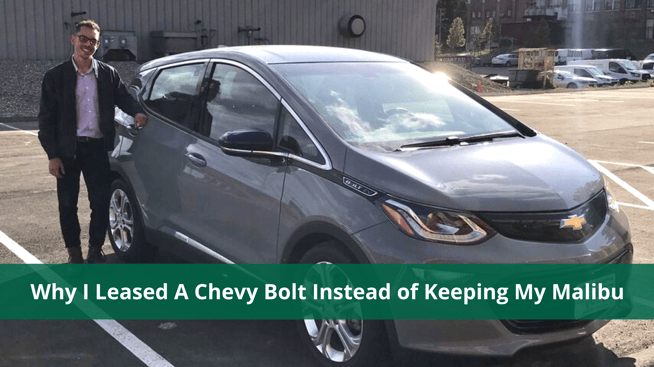Electrifying cars, buses, and trucks will save lives. Why wait?
When we talk about the intersection of transportation and the environment, we’re often talking about greenhouse gases, like carbon dioxide and methane, that trap heat in the atmosphere and warm our climate. However, the combustion of fossil fuels also releases co-pollutants – like nitrogen oxides, sulfur oxides, and particulate matter – that form ozone and smog and make air unhealthy. Unlike greenhouse gases, which contribute to global climate change no matter where they’re released, co-pollutants have the biggest impact in the communities close to where they’re emitted.
